Growing Awareness of Lung Health
There is a notable increase in public awareness regarding lung health, which serves as a significant driver for the Spirometer Market. Educational campaigns and initiatives by health organizations are emphasizing the importance of regular lung function testing, particularly for at-risk populations. This heightened awareness is leading to more individuals seeking spirometry tests, thereby boosting market growth. Additionally, healthcare providers are increasingly recommending spirometry as a routine part of health assessments, further propelling the demand for spirometers. As awareness continues to grow, the Spirometer Market is expected to expand, driven by both consumer demand and healthcare provider recommendations.
Supportive Regulatory Frameworks
Supportive regulatory frameworks and funding initiatives are playing a crucial role in the growth of the Spirometer Market. Governments and health authorities are increasingly recognizing the importance of respiratory health and are implementing policies that promote the use of spirometry in clinical practice. This includes funding for research and development of new spirometry technologies, as well as subsidies for healthcare facilities to acquire these devices. Such initiatives not only enhance access to spirometry testing but also encourage innovation within the market. As regulatory support strengthens, the Spirometer Market is likely to benefit from increased investment and development opportunities.
Technological Innovations in Spirometry
Technological advancements in spirometry devices are transforming the Spirometer Market. Innovations such as portable spirometers, smartphone integration, and advanced software for data analysis enhance the usability and accuracy of these devices. The introduction of wireless spirometers allows for remote monitoring, which is particularly beneficial in managing chronic respiratory conditions. Market data indicates that the adoption of these advanced devices is increasing, as they provide healthcare professionals with real-time data, facilitating timely interventions. As technology continues to evolve, the Spirometer Market is likely to experience a surge in demand for more sophisticated and user-friendly spirometry solutions.
Rising Prevalence of Respiratory Diseases
The increasing incidence of respiratory diseases such as asthma and chronic obstructive pulmonary disease (COPD) is a primary driver of the Spirometer Market. According to recent data, respiratory diseases account for a significant portion of global morbidity and mortality. This trend is likely to escalate the demand for spirometers, as healthcare providers seek effective diagnostic tools to monitor and manage these conditions. The Spirometer Market is expected to witness substantial growth as more patients require regular lung function assessments. Furthermore, the aging population, which is more susceptible to respiratory ailments, contributes to this rising demand. As healthcare systems prioritize early diagnosis and management, the Spirometer Market is poised for expansion.
Rising Demand for Home Healthcare Solutions
The growing trend towards home healthcare solutions is significantly influencing the Spirometer Market. Patients are increasingly seeking ways to manage their health conditions from the comfort of their homes, leading to a surge in demand for portable and user-friendly spirometry devices. This shift is particularly evident among individuals with chronic respiratory diseases who require regular monitoring. Market data suggests that the home healthcare segment is expanding rapidly, as patients prefer devices that allow for self-monitoring and easy data sharing with healthcare providers. As this trend continues, the Spirometer Market is expected to adapt and innovate to meet the needs of home healthcare consumers.


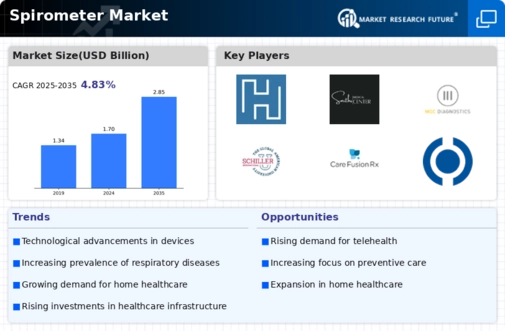
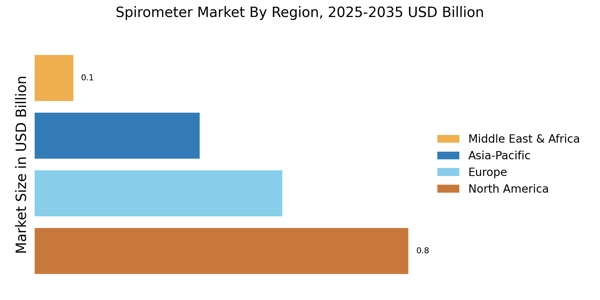
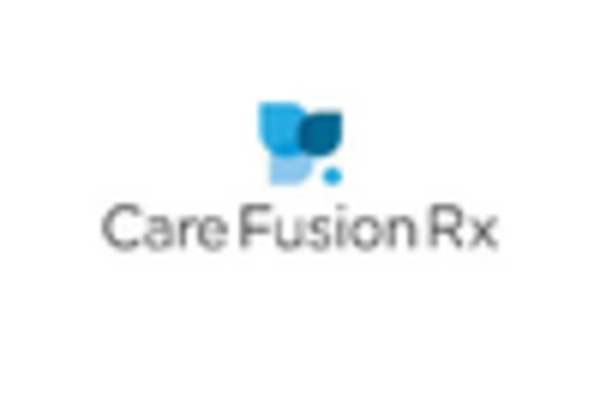
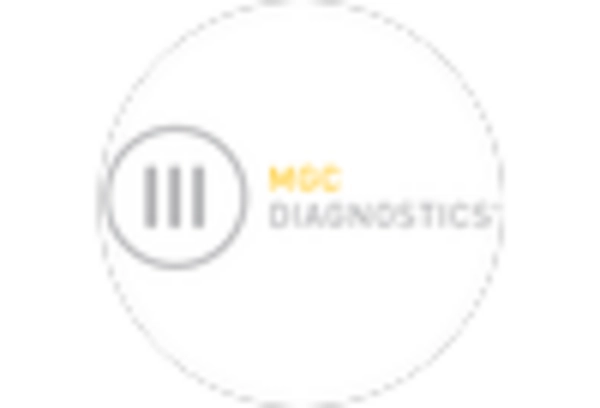


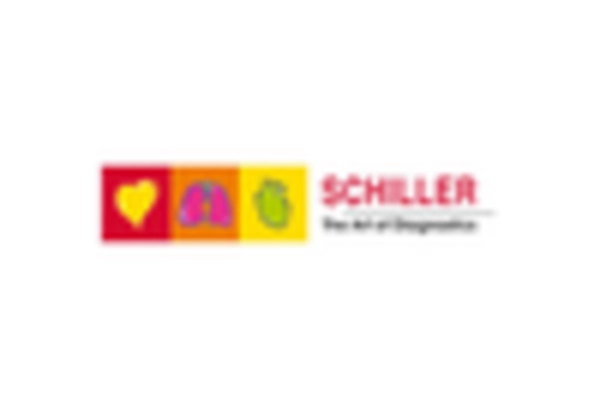









Leave a Comment